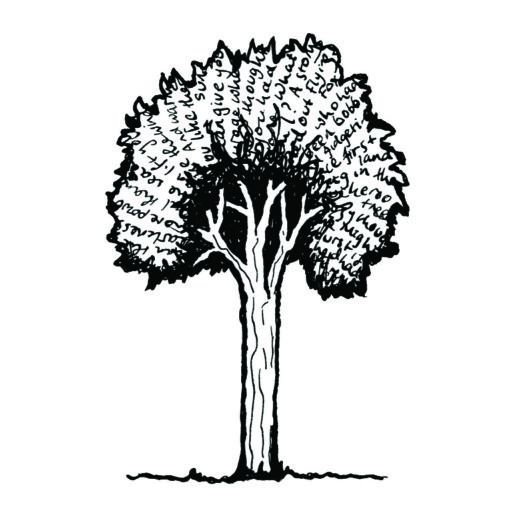
He waits on the bright green grass, alone. As I approach, he walks quickly away (wood ducks don’t waddle). Dark head held high, a cautious eye looking back, watching my every step. I walk by, and he settles back down on the grass, waiting.
Wood ducks are grass-eaters, often seen in open, treeless areas, plucking at pasture with their petite, narrow-ended beaks. Often in pairs, in groups. One rarely sees a wood duck alone. Unless it’s a male, waiting for its mate.
Some time ago we heard the deep, slow call of the female wood duck, way up, above our heads. We were walking past the pale trunks of the Sydney Blue Gums, through the patch of wet sclerophyll forest along Back Creek. The shady ground was obscured by dense ground ferns, the fine leafy umbrellas of tree ferns, rotting logs fuzzed with moss and fungi, and untidy heaps of bark streamers, shed by the towering, smooth-barked gum trees.
The call came again: ‘Whuuraaaark’. High up in those enormous trees. It was answered by the higher, questioning, ‘whhaark?’ of the male wood duck. Those boat-like, horizontal, duck-bodies, perfect for floating on water, were balanced precariously on the edge of a hollow limb, 30 metres up. Necks stretching up, down and around to inspect. Small bright eyes peering into the dark hole. The female disappeared within, and the male waited.
Some time after that day when we saw the male waiting, we walk past the wet sclerophyll patch again. A slight movement catches my eye, in the gloom of the forest floor, amongst the clumps of cunjevoi and wild ginger. On a crumpled tangle of bark strips, the female wood duck now waits. A tiny blob of duckling suddenly pops up onto a nearby log. It wobbles, teeters and tumbles over. Scrambles beneath the welcome warmth of the mother duck’s breast. Another duckling appears: pop-wobble-teeter-tumble. Then another. And another. Ten ducklings dart under their mother, all grey-brown fuzz and tiny dark eyes.
Somehow they infiltrate the seemingly-impenetrable jungle-tangle of the rampant reeds, weeds, gingers, cunjevoi and ferns, waist height for me, that guard the banks of the creek. They float on the water that runs through the concrete culvert under the road. The mother duck gathers them in the small pool on the other side. By now the father has joined them. Some distance down the creek the forest thins; the creek has open banks and ample sweeps of green pasture, with a dam or two. Perfect for wood ducks.
As they paddle downstream, the ten little boats bob between the mother- and father-ships. A brand-new duck flotilla slips beneath bowers of tree ferns and feral bamboo, and disappears from view. And I wonder when I will next hear their cries, high above me, in the towering gum trees.
Discover more from Paperbark Writer
Subscribe to get the latest posts sent to your email.
